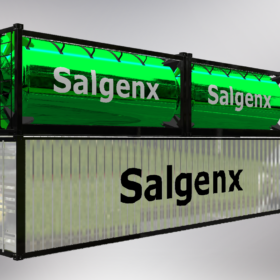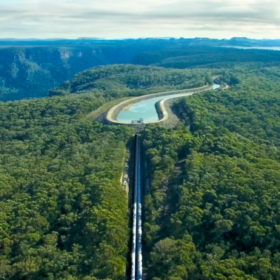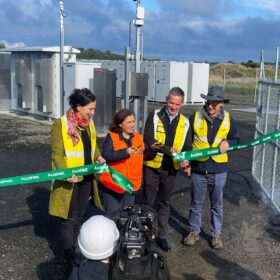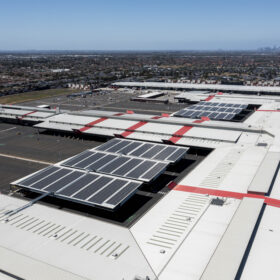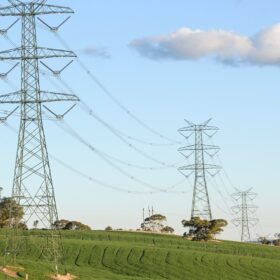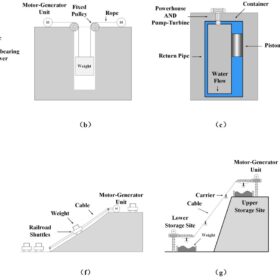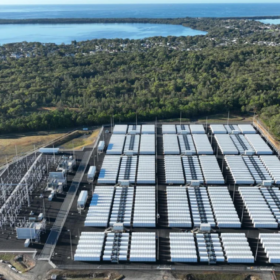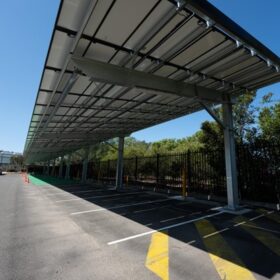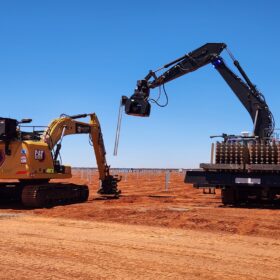Brookfield flags $30 billion investment, ‘public benefits’ of Origin decarbonisation to ACCC
The Brookfield consortium looking to acquire Origin Energy has lodged its merger application with the ACCC, arguing the takeover is in the national interest since it will accelerate Australia’s decarbonisation. The application also flags investment figures as high as $30 billion (USD 20 billion), up from the $20 billion previously flagged.
US researchers beam solar from space
Caltech’s space solar program began in 2011 when philanthropist Donald Bren donated more than USD 100 million ($150 million) in support of the project. In the first demonstration of solar energy beamed to earth, his vision is now becoming reality.
Saltwater redox flow battery with integrated ultracapacitor
US-based Salgenx says it has successfully integrated ultracapacitors with its saltwater redox flow batteries, resulting in significantly better power response and system performance.
Researchers identify 14 feasible pumped hydro sites in North Queensland
Griffith University researchers have developed a tool to identify sites for pumped hydro storage projects. Using North Queensland to demonstrate the tool, the researchers identified 14 potentially feasible sites in the region where the LCOE ranged between $0.04/kWh – $0.27/kWh.
Hitachi battery replaces diesel generators on Victoria’s Phillip Island
Phillip Island off Victoria’s southern coast has switched on a 5 MW/10 MWh lithium-ion phosphate battery to support the island’s grid during peak tourism periods.
2.4 MW solar carpark switched on in Melbourne, first stage in 10 MW rooftop install
Melbourne Market Authority has switched on a 2.4 MW solar carpark at its facility in North Melbourne. It is the first in a three stage project, which will eventually result in a 10 MW rooftop system.
Brisbane company unveils 100 kW hydrogen battery using CSIRO tech
Queensland hydrogen battery startup Endua has installed its first 100kW standalone hydrogen power bank in south Brisbane. The news come weeks after the company raised $11.8 million (USD 7.81 million) to scale the technology.
VNI West Project could delay the retirement of coal generators
Analysis conducted by Cornwall Insight Australia reveals that certain coal plants in New South Wales may benefit from delaying their retirement, following the release of new plans for the VNI West transmission project.
Global solar additions to hit 310 GW in 2024, says IEA
The International Energy Agency (IEA) said in a new report that solar will remain the main source of global renewable capacity expansion in 2023, accounting for 286 GW. In 2024, the figure is set to grow to almost 310 GW, driven by lower module prices, greater uptake of distributed PV systems, and a policy push for large-scale deployment.
Hybridising gravity energy storage with batteries, supercapacitors
Developed by Chinese researchers, the novel hybrid storage technology may achieve an efficiency of over 80% and be applied in distribution and transmission grids. The proposed combination is reportedly able to offer the advantages of gravity energy storage and power-based storage systems in a single solution.


